Open House London 2023: highlights and architectural celebration for all
Open House London 2023 is about to launch, offering ten days of architectural celebration across the city
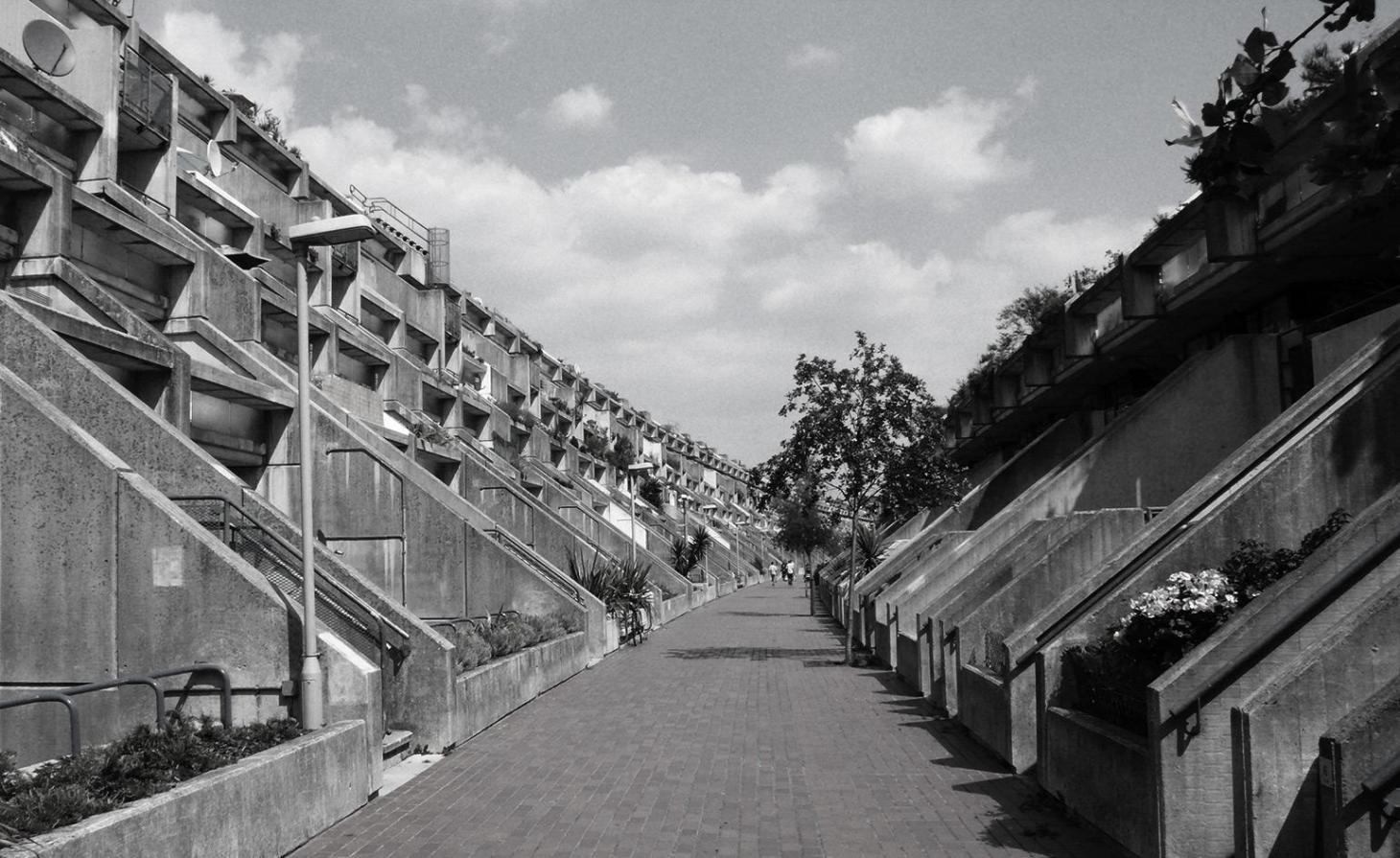
Open House London 2023 is about to launch, running for nearly two weeks from 6 to 17 September, and offering free entry into iconic yet largely inaccessible places across London’s 33 boroughs. As the festival returns, highlights include peeks behind the black door of 10 Downing Street; trips to the revolving panoramic floor of the BT Tower; an intimate tour of a home in the Alexandra Road Estate; and a look at the vaulted Victorian Crystal Palace subway, a former WW2 air-raid shelter. Yet as well as unlocking physical doors, this year, Open House London is breaking down social barriers too, with a series of new initiatives designed to reach new, diverse audiences and better reflect the London of today.
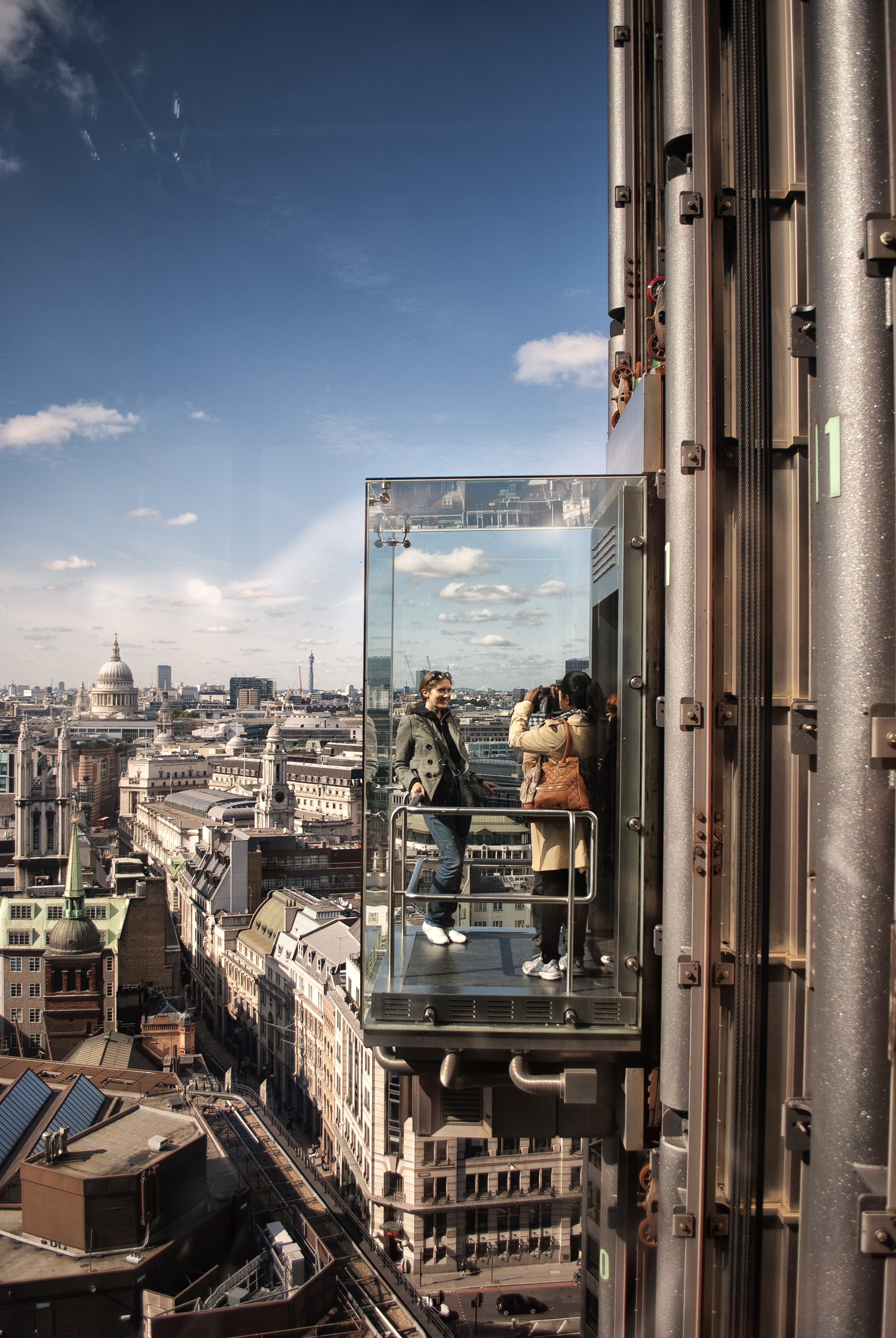
Lloyds of London
Open House London 2023: what to see and where to go
New buildings on this year’s list include the 1982 Mallard Place estate in Twickenham, encapsulating progressive property developer Span’s philosophy of bucolic communal living; and the newly opened Tower Hamlets Town Hall, a smart retrofit of the Grade II-listed former Royal London Hospital. And, seeking to rebalance the church-heavy clutch of religious buildings, the Grade I-listed New West End Synagogue and the Hounslow Jamia Masjid & Islamic Centre are now also part of the list.

Secret Garden Flat
'One of the reasons people attend Open House is to see the city from a new perspective – when you go inside a building you’ve walked past every day, your experience becomes layered with personal stories, social significance and architectural qualities. You can really get under the skin of the backdrop to your life,' says Zoe Cave, chief curator at Open House.

House For Artists
Operating since 1992 with the aim of opening up buildings to the public to expand interest and education in architecture and the built environment, Open House is a format that started in London and has now been replicated in over 60 cities worldwide. The list of 700 sites to explore is daunting, which is why Cave has placed a focus on curation as a means to guide people through. Last year she launched the first cohort of ‘Guest Curators’, who craft personal ‘collections’ of buildings that tell their own story of London: 'We all carve our own routes through the city and sometimes it’s good to step outside your own,' she says.
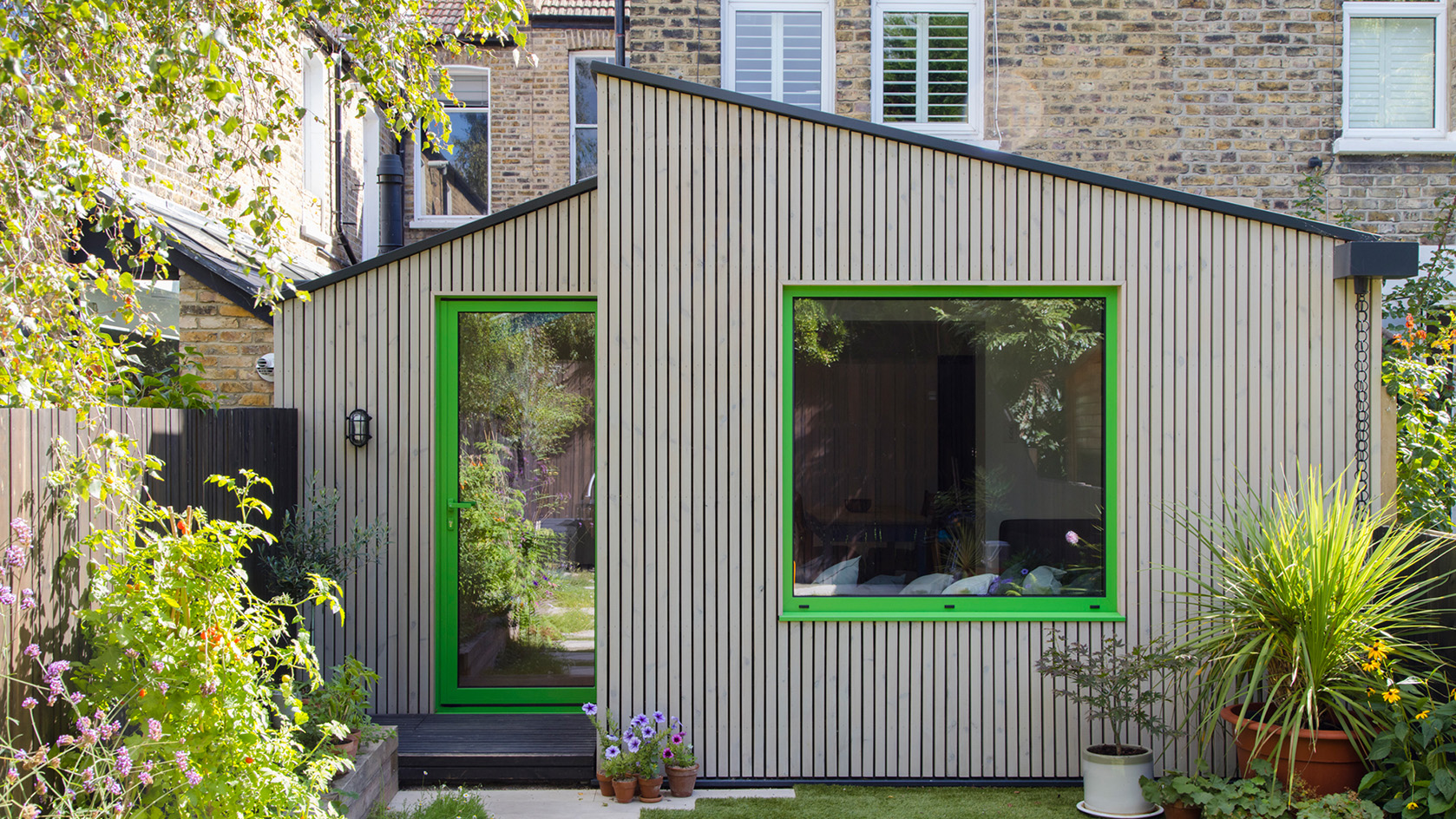
Colour Casing
This year, Guest Curators include Nabil Al-Kinani, a British-Iraqi built-environment professional specialising in urbanism and placemaking, who has curated a panel discussion on imperial nostalgia, empire and colonialism in Wembley, where he grew up; and the Patch Collective, a group of nine young architecture graduates, who have paired buildings of significance to London’s diaspora communities alongside tasty neighbourhood eateries. For example, Patch Collective member Betty Owoo paired an affordable live/work building for creatives in Barking known as ‘A House for Artists’ with Suya Hut, a local hotspot for traditional Nigerian barbecue-charred sliced beef. 'You’ll probably find you’ve done 20,000 steps by midday,' says Cave. 'Don’t grab a Pret; there’s more to find.'
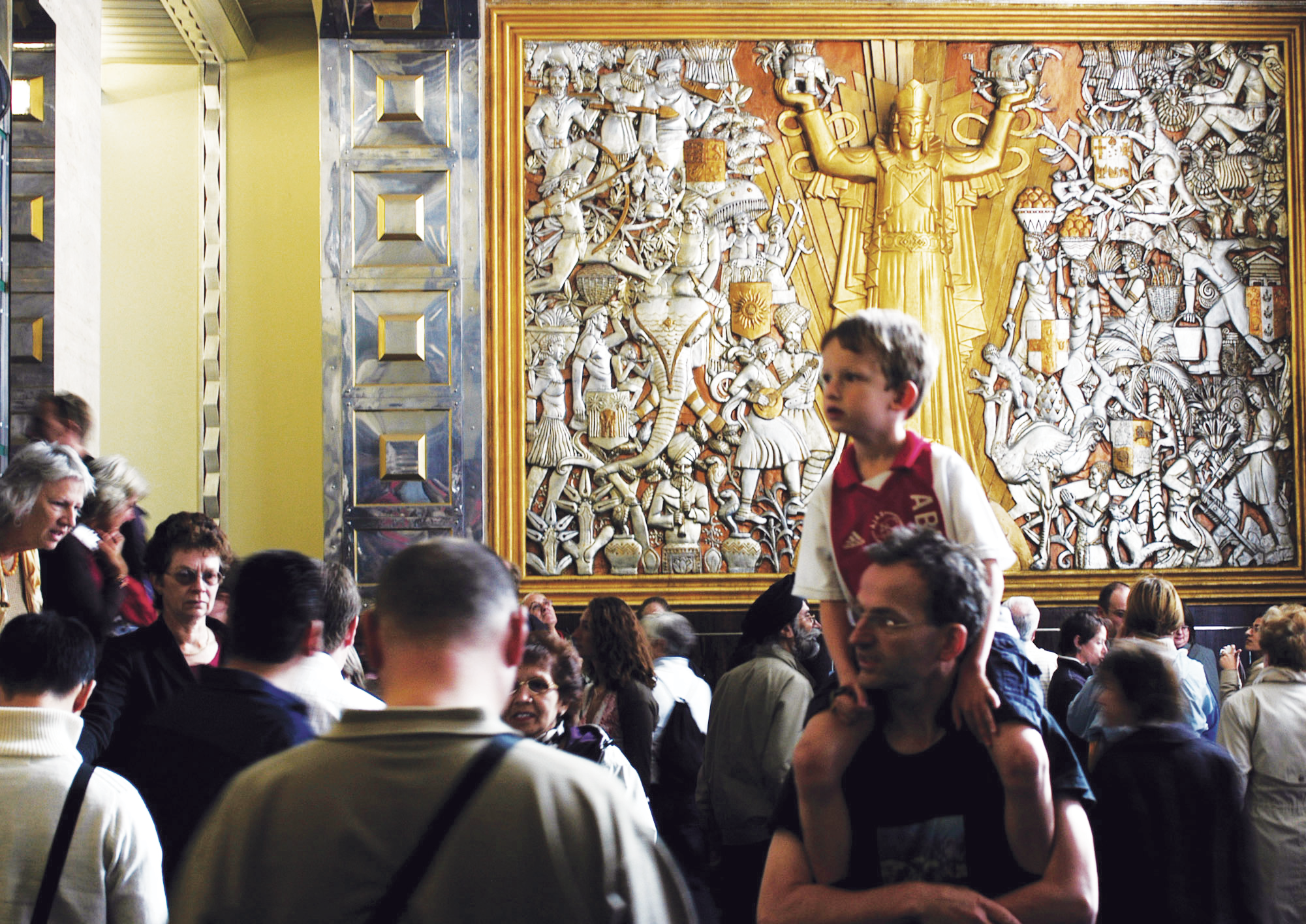
120 Fleet St
Domestic design has always been the backbone of Open House and this year, access into other people’s homes feels all the more poignant post-Covid, says Cave, who prides herself in building good relationships with homeowners.
Wallpaper* favourites include: Burgundy Lanes, a materially rich midcentury renovation by Nim Tim Architects; Colour Casing, a bold and bright extension by District Architects, awarded ‘best project under £100k’ by renovation champion Don’t Move Improve!; plus the latter’s ‘Home of the Year’ awardee, the Secret Garden Flat by Nic Howett; and, both in Seven Sisters, the CLT-frame ‘Green House’ by Hayhurst and Co and ‘Gulag House’ an Edwardian terrace inspired by Indian modernism, by Artefact.
Receive our daily digest of inspiration, escapism and design stories from around the world direct to your inbox.
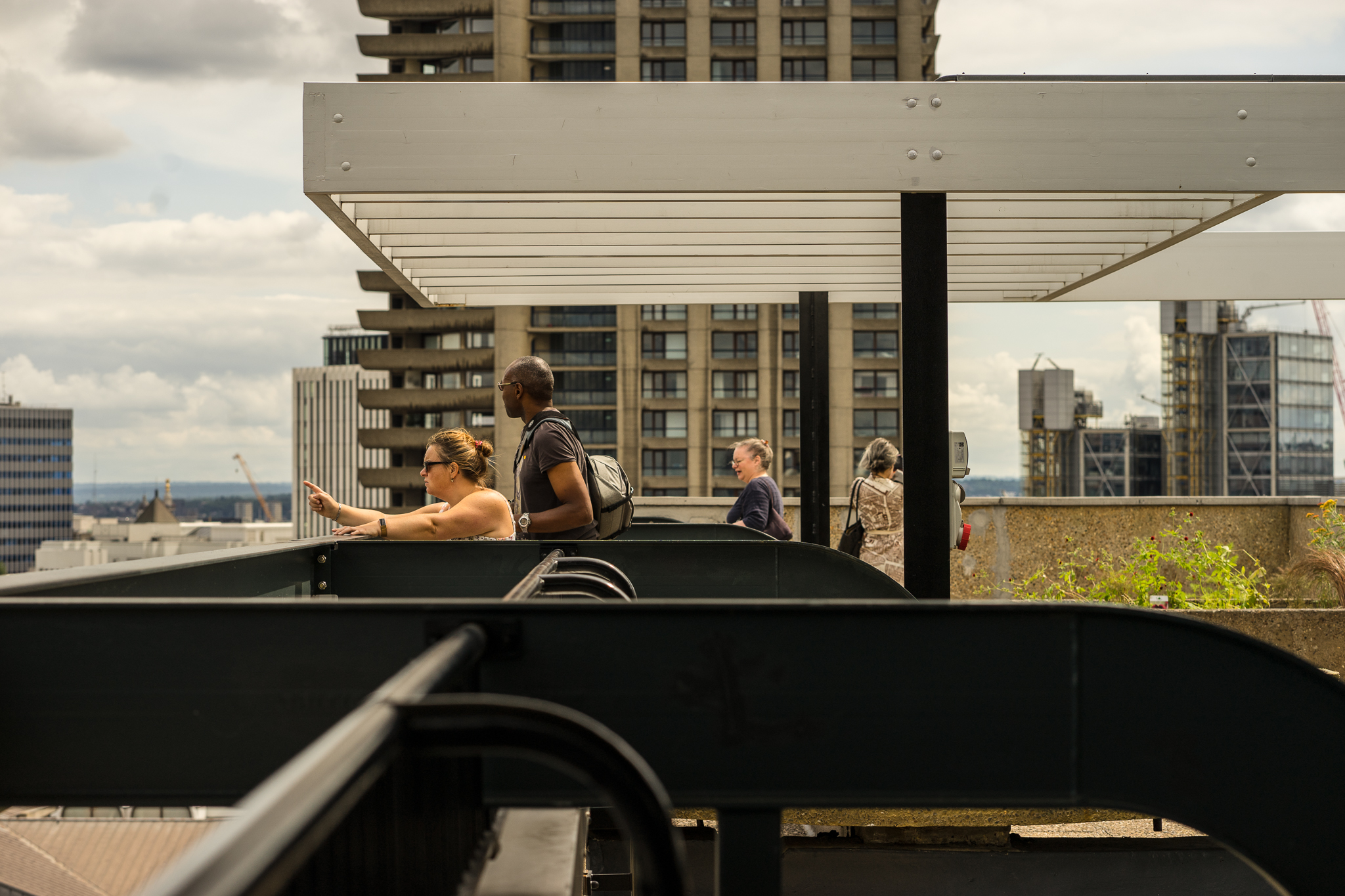
Set on improving accessibility to Open House for its lowest visitor demographic –young people from underrepresented backgrounds – this year Cave has taken a direct and interventionist approach specifically designed to have a knock-on effect on improving diversity in the wider built environment industry.
The new ‘City Curators’ initiative gives 15 young graduates ‘a crash course in public engagement and cultural networking’, and ‘London Unlocked’ provides a series of special building tours for the demographic – both of which have been supported by the City Bridge Trust. 'We wanted to find a way to engage young people who don’t own a space to open, but have different ideas and a perspective of what it means to open up London,' she says.
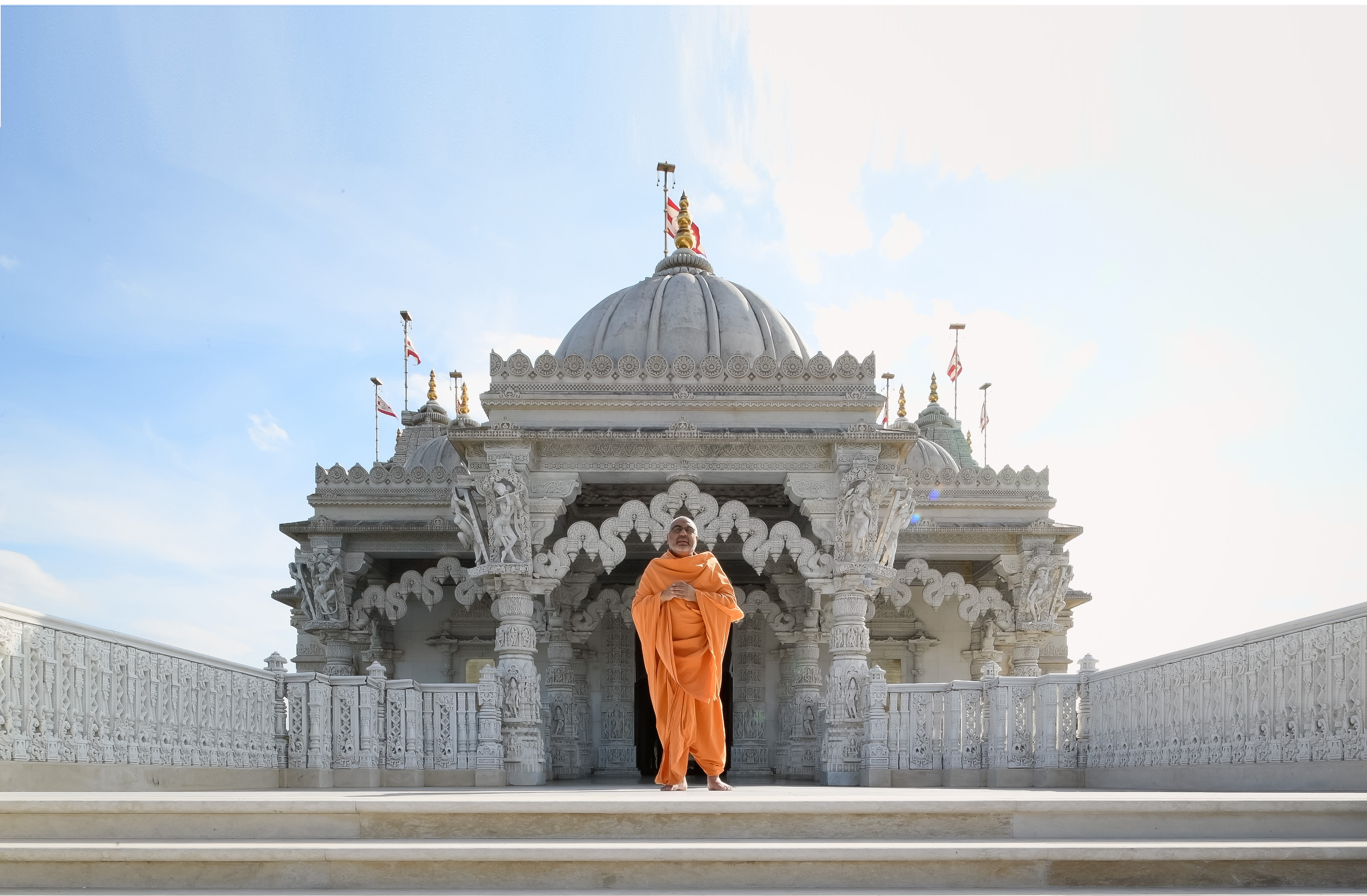
BAPS Shri Swaminarayan Mandir, also known as the 'Neasden Temple'
Connected to this mission, beyond the classic architecture tours and drop-ins, there’s a new set of creative events happening at many of the buildings to attract new audiences: an interpretive jazz evening at the brutalist concrete South Norwood Library; a meet and greet with traders at the Nags Head Market in Holloway; and a slime-making workshop (children only, unfortunately) at Central Hill Estate in Crystal Palace.
While it could be easier to rest on the laurels of a successful tried-and-tested formula, this year’s Open House is certainly continuing to challenge, critique and expand the meaning of ‘accessibility’ to the built environment in London today.

The view from the Shard
Open House London 2023 runs 6 – 17 Sept 2023
Harriet Thorpe is a writer, journalist and editor covering architecture, design and culture, with particular interest in sustainability, 20th-century architecture and community. After studying History of Art at the School of Oriental and African Studies (SOAS) and Journalism at City University in London, she developed her interest in architecture working at Wallpaper* magazine and today contributes to Wallpaper*, The World of Interiors and Icon magazine, amongst other titles. She is author of The Sustainable City (2022, Hoxton Mini Press), a book about sustainable architecture in London, and the Modern Cambridge Map (2023, Blue Crow Media), a map of 20th-century architecture in Cambridge, the city where she grew up.
-
 The best way to see Mount Fuji? Book a stay here
The best way to see Mount Fuji? Book a stay hereAt the western foothills of Mount Fuji, Gora Kadan’s second property translates imperial heritage into a deeply immersive, design-led retreat
-
 12 fashion figures reveal their style resolutions for the year ahead
12 fashion figures reveal their style resolutions for the year aheadAs 2025 comes to a close, we ask the Wallpaper* style community – from Willy Chavarria and Stefan Cooke to Craig Green and Torishéju Dumi – their New Year's resolutions
-
 Glass designer Silje Lindrup finds inspiration in the material's unpredictability
Glass designer Silje Lindrup finds inspiration in the material's unpredictabilityWallpaper* Future Icons: Danish glassmaker Silje Lindrup lets the material be in charge, creating a body of work that exists between utility and experimentation
-
 This curved brick home by Flawk blends quiet sophistication and playful details
This curved brick home by Flawk blends quiet sophistication and playful detailsDistilling developer Flawk’s belief that architecture can be joyful, precise and human, Runda brings a curving, sculptural form to a quiet corner of north London
-
 Arbour House is a north London home that lies low but punches high
Arbour House is a north London home that lies low but punches highArbour House by Andrei Saltykov is a low-lying Crouch End home with a striking roof structure that sets it apart
-
 In addition to brutalist buildings, Alison Smithson designed some of the most creative Christmas cards we've seen
In addition to brutalist buildings, Alison Smithson designed some of the most creative Christmas cards we've seenThe architect’s collection of season’s greetings is on show at the Roca London Gallery, just in time for the holidays
-
 The Architecture Edit: Wallpaper’s houses of the month
The Architecture Edit: Wallpaper’s houses of the monthFrom wineries-turned-music studios to fire-resistant holiday homes, these are the properties that have most impressed the Wallpaper* editors this month
-
 A refreshed 1950s apartment in East London allows for moments of discovery
A refreshed 1950s apartment in East London allows for moments of discoveryWith this 1950s apartment redesign, London-based architects Studio Naama wanted to create a residence which reflects the fun and individual nature of the clients
-
 David Kohn’s first book, ‘Stages’, is unpredictable, experimental and informative
David Kohn’s first book, ‘Stages’, is unpredictable, experimental and informativeThe first book on David Kohn Architects focuses on the work of the award-winning London-based practice; ‘Stages’ is an innovative monograph in 12 parts
-
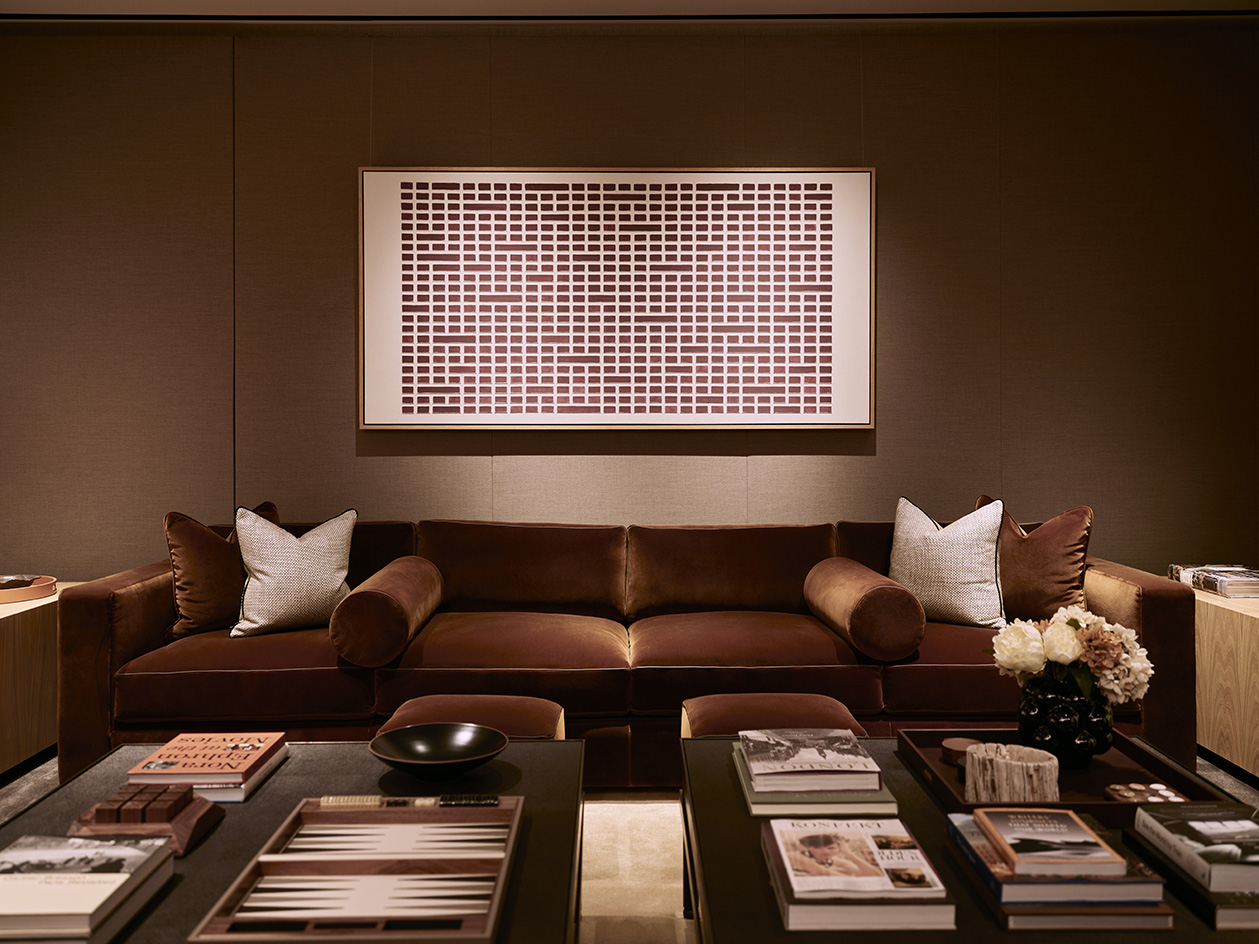 100 George Street is the new kid on the block in fashionable Marylebone
100 George Street is the new kid on the block in fashionable MaryleboneLondon's newest luxury apartment building brings together a sensitive exterior and thoughtful, 21st-century interiors
-
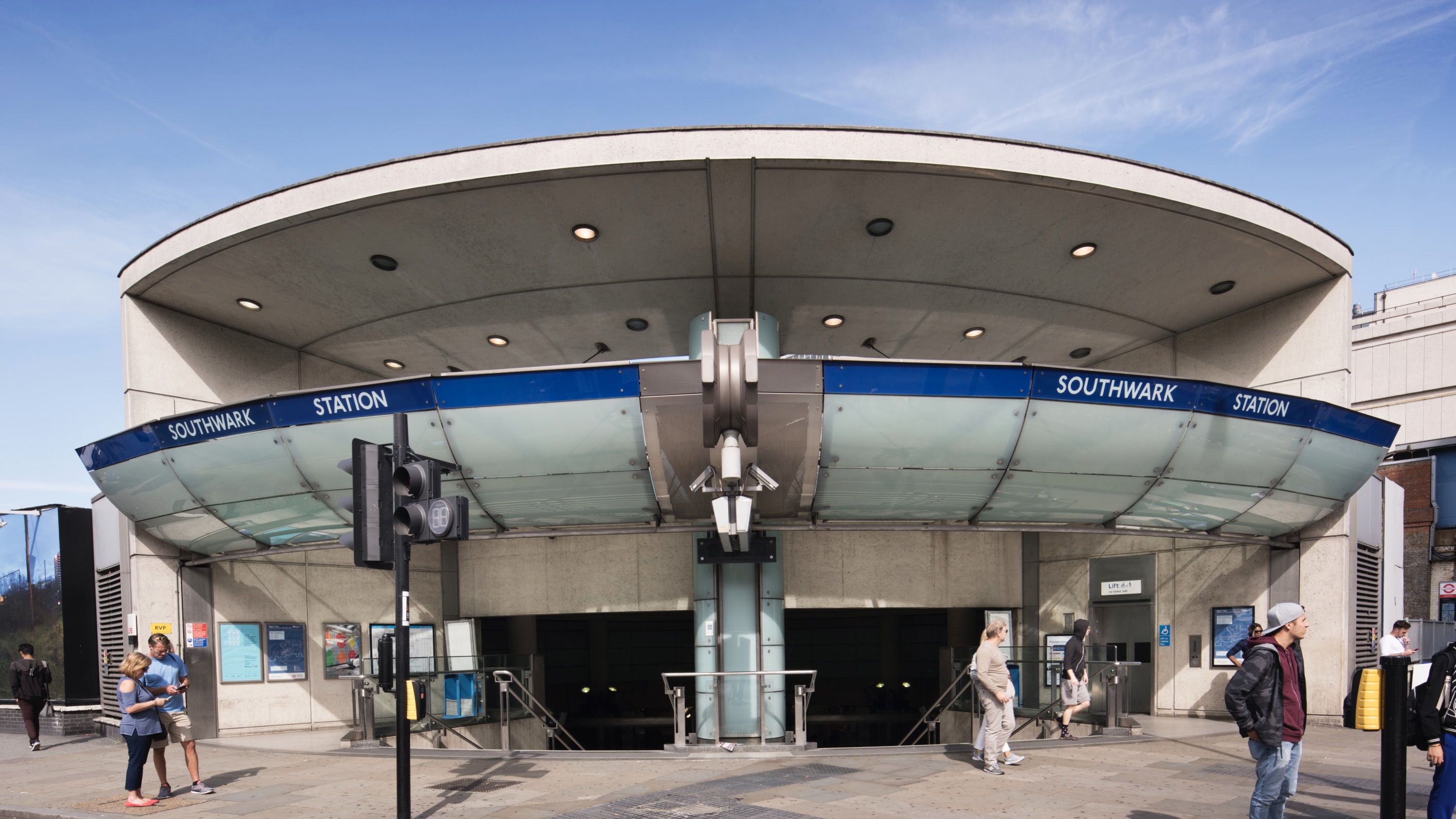 Futuristic-feeling Southwark Tube Station has been granted Grade II-listed status
Futuristic-feeling Southwark Tube Station has been granted Grade II-listed statusCelebrated as an iconic piece of late 20th-century design, the station has been added to England’s National Heritage List